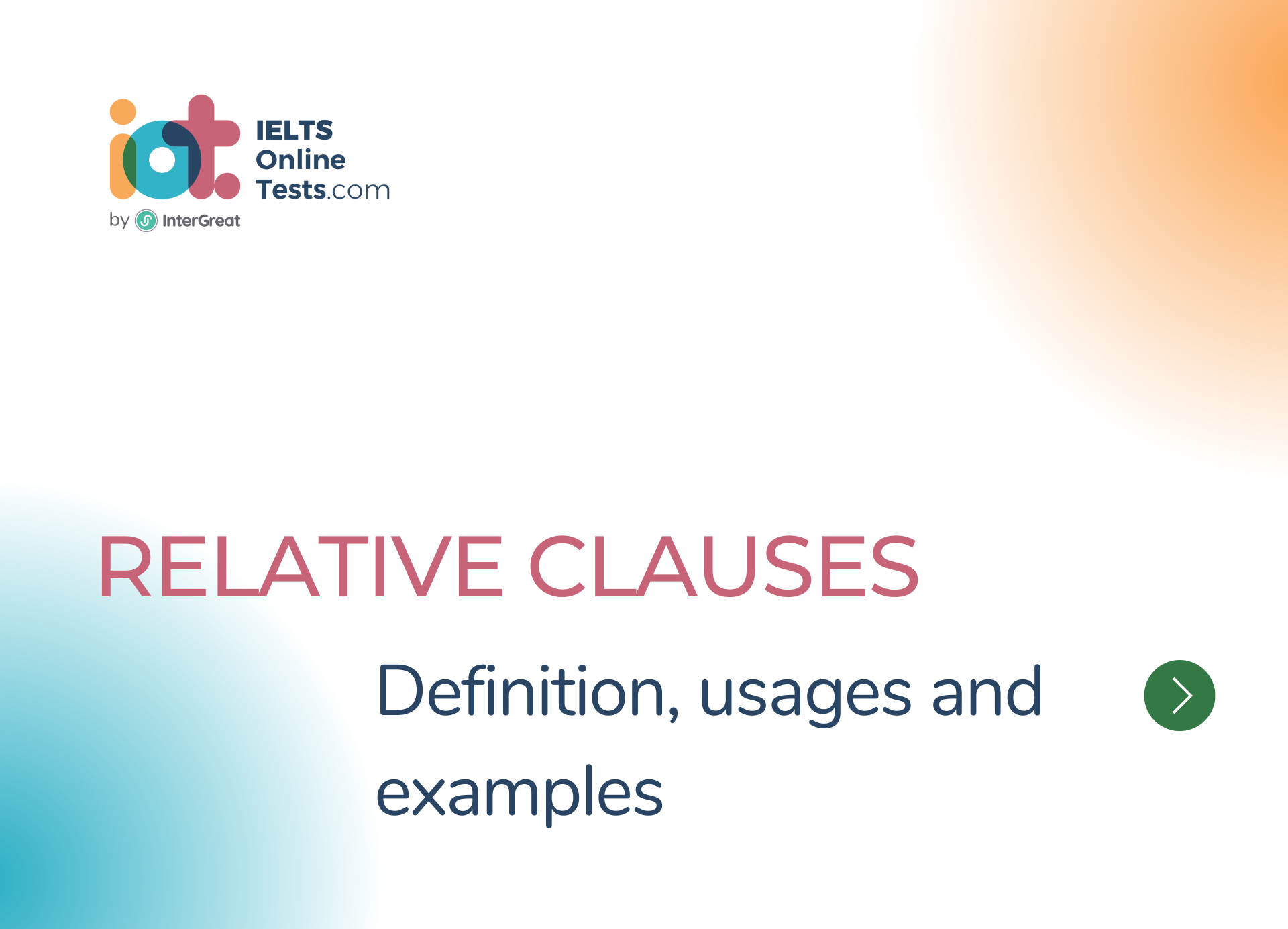
Relative Clauses
Relative clauses, also known as adjective clauses, are a type of dependent clause that provide additional information about a noun or pronoun. They function as adjectives within a sentence, modifying the noun or pronoun they are associated with.
Here are some key details about relative clauses:
Introduction:
- Relative clauses are introduced by relative pronouns (e.g., who, whom, whose, which, that) or relative adverbs (e.g., where, when, why).
- The choice of relative pronoun or adverb depends on the role and function of the clause within the sentence.
- Examples:
- Relative pronoun: "The person who called me is my friend."
- Relative adverb: "This is the place where we met."
Function:
- Relative clauses provide additional information about the noun or pronoun they modify.
- They act as adjectives by describing or specifying the noun or pronoun more precisely.
- Examples:
- "The book that she is reading is interesting." (modifies the noun "book")
- "I met the person who won the competition." (modifies the noun "person")
Types:
- Restrictive Relative Clauses: These provide essential information that is necessary to identify the noun or pronoun they modify. They are not set off by commas.
- Example: "The car that is parked outside is mine."
- Nonrestrictive Relative Clauses: These provide additional, nonessential information about the noun or pronoun. They are set off by commas.
- Example: "My brother, who is a doctor, lives in London."
- Restrictive Relative Clauses: These provide essential information that is necessary to identify the noun or pronoun they modify. They are not set off by commas.
Placement:
- Relative clauses can be placed directly after the noun or pronoun they modify or at the end of the sentence.
- Examples:
- "The boy who is playing soccer is my neighbor."
- "I bought a new car, which is blue."
Relative clauses allow for the expansion and clarification of ideas by providing more details about the noun or pronoun. They contribute to more precise and descriptive writing by adding information that is relevant and specific to the context. Understanding how to construct and use relative clauses helps in enhancing sentence structure and conveying information effectively.




